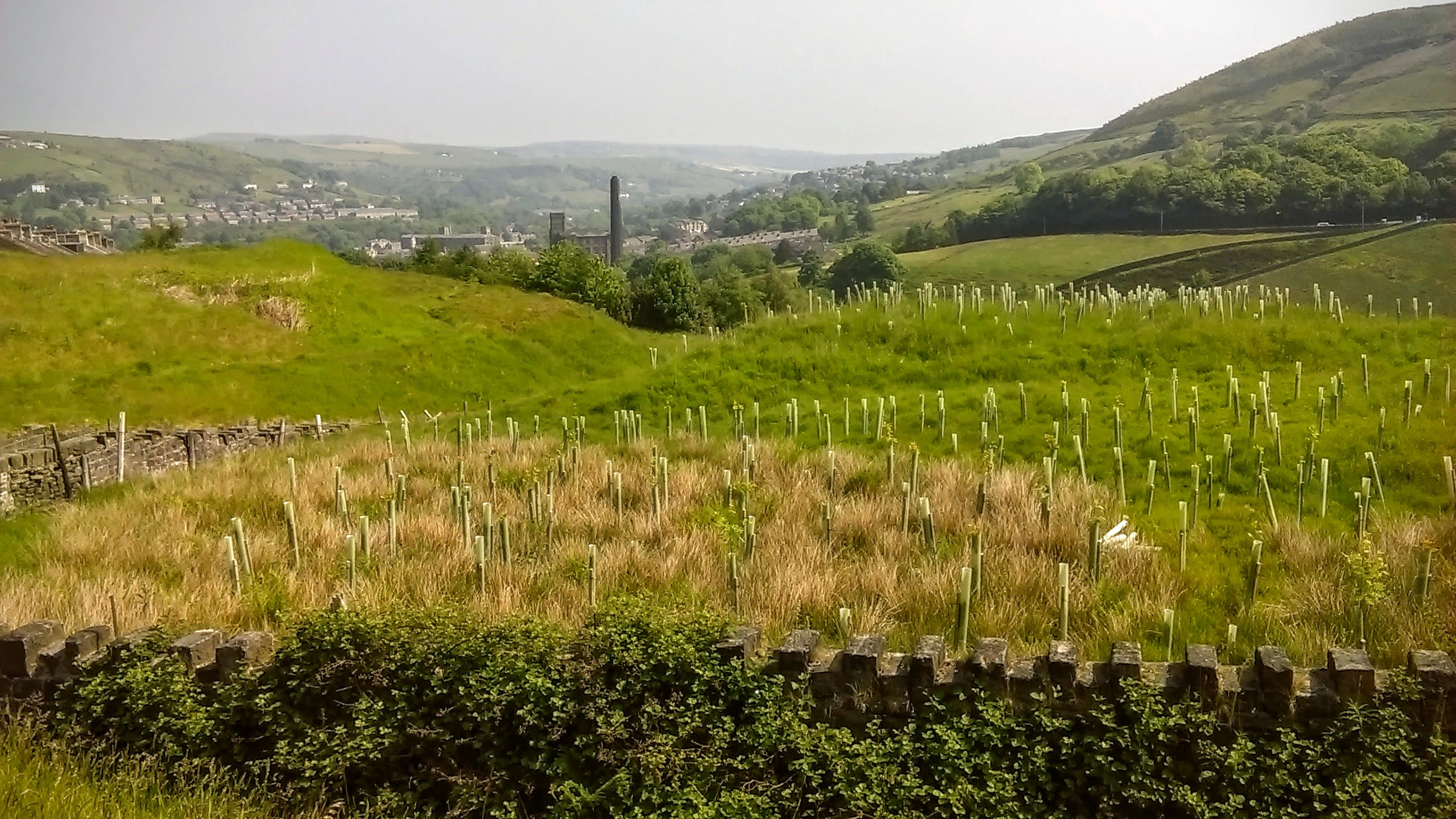Native Woodland Creation
| Method/Notes | Benefits for biodiversity and issues to watch out for |
|---|---|
|
Providing connecting habitat between established woodland. Young ‘pioneer’ woodland and scrub habitats are important for a number of species (see benefits for biodiversity column). Natural regeneration by colonisation is generally preferable, but planting of suitable native species for the site - using the National Vegetation Classification as a guide - may be necessary. A combination of the two can be used, i.e. planting some areas and allowing natural infill of others. Where planting is used, take into account the nature of the site and soils, e.g. by including alder, willow and elder in wetter sites. Do not plant in straight lines, but try to emulate a natural structure - be sure to plant mixes of species rather than single species blocks; incorporate open spaces; and include scrubby or understorey species such as hawthorn, hazel, blackthorn, wild privet, guelder rose etc. as appropriate to the site. Plant these along edges as well as within the main mix. Climbers can also be included to help provide a varied structure, such as honeysuckle or wild rose. Species such as bramble may come in naturally, and add to the variety of structure and habitat value. Rides and glades can be incorporated into planting designs – make sure that these will be wide enough to allow light in once the woodland has reached maturity, i.e. consider the eventual height of the trees rather than their height at planting. Ideally the width of a ride or glade should be at least 1.5 times the height of the mature canopy trees, with scrubby species planted along their edges. Methods such as use of tree guards, weeding around newly planted trees, and ‘beating up’ (replacing failed saplings) can help with establishment of a newly planted area, especially in areas with e.g. a high deer population. However, in a naturalistic planting, some loss of saplings, and encroachment of species such as bramble, can be acceptable and will add to the naturalistic structure / habitat value of the area. |
An opportunity to provide habitats and niches for woodland species into the future, and to buffer and link existing woodland. Especially useful for species that inhabit woodland edges, or transient ‘scrub’ habitats. These include willow warblers and lesser redpolls, especially in areas of birch regeneration, and turtle doves (in south and east England) where dense scrubby species such as hawthorn and blackthorn are present. Willow tits, where present locally, can benefit from new scrubby woodland in damp or wet areas, especially if this contains hawthorn, elder, alder, birch and willow. Scrub habitat is an important, and often undervalued, resource for a number of other scarce species including butterflies such as Green Hairstreak and moths. New woodland should be carefully sited to not damage / remove other valuable habitats such as semi-natural grassland or heathland. Also take into account proximity to water bodies / wetness of sites, and plant species that are suitable for these habitats, or will not cause damage to the water table. Care should be taken in upland situations to avoid planting on or close to valuable moorland habitats, especially deep peat (ie 40cm or more). If planting in valleys, check that these areas are not already supporting declining species such as whinchat or twite, which use areas with bracken and/or scattered trees, and ensure eventual tree lines (tops of trees) will always be below the tops of valleys. Woodland/plantations near areas used by breeding wading birds can provide perches or nest sites for predators which will deter ground-nesting birds from nesting nearby, and will increase nest-predation rates for any birds that do nest. Unplanted ‘buffers’ should be left around features such as crags and valley tops for non-woodland species associated with these (e.g. ring ouzel). Always pay attention to any site designations that might restrict woodland planting. |
